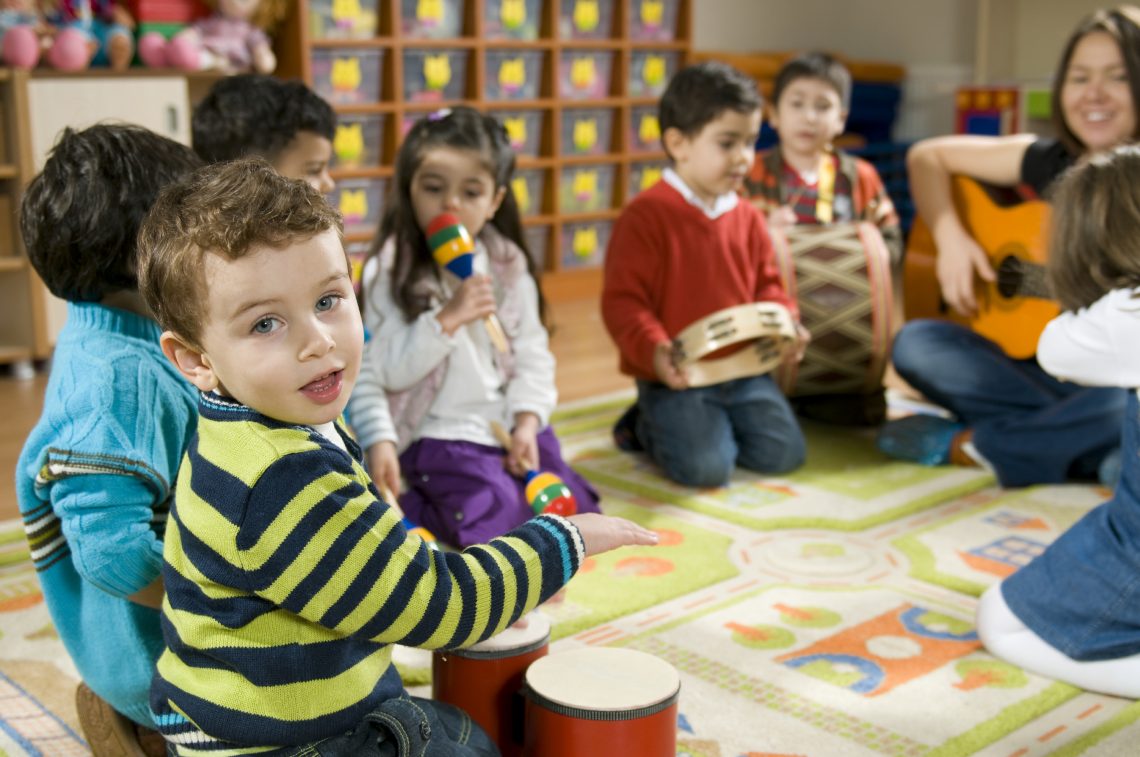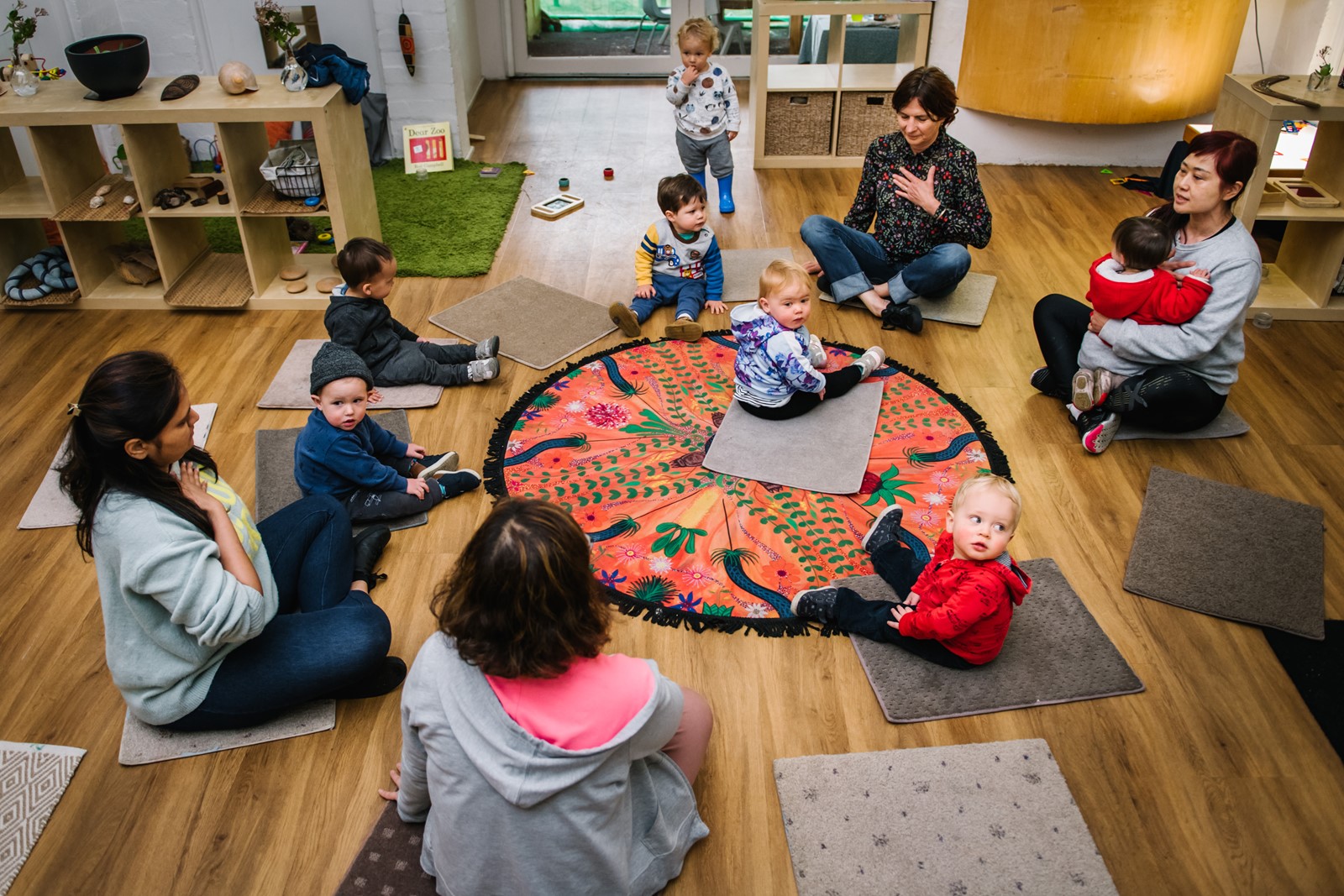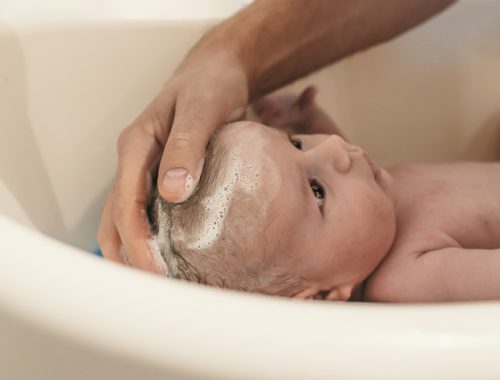
Navigating Early Education: Kindergarten vs. Preschool in Australia
The world of early childhood education can be a maze of terms and options, especially for parents seeking the best start for their children. In Australia, two common terms often cause confusion: kindergarten and preschool. These early learning experiences are not the same, and understanding their differences is crucial when making educational choices for your child. In this informative guide, we’ll explore the distinctions between kindergarten and preschool in the Australian context.
Kindergarten: A Foundation for School
Kindergarten in Australia typically caters to children aged 4 to 5 years. It serves as a crucial bridge between early childhood education and formal schooling. While attendance is not mandatory, many parents choose to enroll their children in kindergarten to help them prepare for primary school. Kindergartens focus on developing social, emotional, and cognitive skills, such as communication, problem-solving, and early literacy and numeracy skills. Kindergarten helps children become more independent and prepares them for the structured learning environment they will encounter in primary school. Kindergarten programs often run for 15 hours per week, usually spread across two to three days. The flexible schedule allows children to adapt gradually to the school routine without overwhelming them.
Kindergartens in Australia typically follow a structured curriculum that aligns with the Early Years Learning Framework (EYLF) and the Australian Curriculum. This curriculum emphasizes play-based learning, where children engage in educational activities through games, exploration, and creative play. Kindergarten teachers aim to foster a love of learning and help children acquire essential skills for their educational journey.
Preschool: Early Learning and Social Development
Preschool, in contrast, caters to a slightly younger age group, typically children aged 3 to 4 years. It focuses on providing a nurturing and enriching early learning environment. It fosters creativity, independence, and social skills in a play-based atmosphere. Unlike kindergarten, preschool is not explicitly designed as a pre-schooling experience but rather as a foundation for later learning. Preschool programs often offer flexible scheduling, ranging from a few hours a week to full-day options. This flexibility allows parents to choose a program that suits their child’s needs and their family’s schedule.
Preschool programs align with the Early Years Learning Framework (EYLF) and prioritize play-based learning and exploration. The curriculum encourages children to develop their curiosity, communication skills, and self-confidence. While it introduces basic literacy and numeracy concepts, the emphasis is on fostering a love for learning rather than formal instruction.

Key Similarities
While kindergarten and preschool in Australia have distinct purposes and characteristics, they also share some commonalities:
1. Play-Based Learning: Both kindergarten and preschool prioritize play-based learning as the foundation of early childhood education. Play is seen as a valuable tool for children’s development, allowing them to explore, discover, and learn in a hands-on and enjoyable way.
2. Qualified Educators: Both settings employ qualified early childhood educators who are trained to support children’s development and provide a safe, nurturing, and stimulating environment.
3. Focus on Social and Emotional Skills: Kindergarten and preschool programs emphasize the importance of social and emotional development. Both aim to help children build positive relationships, develop self-esteem, and learn how to interact with others.
4. Parent Involvement: Both kindergarten and preschool programs often encourage parent involvement and collaboration. Parents are encouraged to engage in their child’s learning journey, participate in activities, and communicate with educators.
Choosing the Right Option
The decision between kindergarten and preschool depends on your child’s age, readiness, and your family’s needs:
Kindergarten might be the right choice if:
- Your child is around 4 to 5 years old and ready for a more structured and school-like environment.
- You want your child to gain essential school-readiness skills.
- You are looking for a government-funded or subsidized program to keep costs reasonable.
Preschool might be the right choice if:
- Your child is around 3 to 4 years old and needs a nurturing and play-based learning environment.
- You prefer a more flexible schedule that suits your child’s readiness and your family’s needs.
- You value the emphasis on social and emotional development and early exposure to basic learning concepts.
In Australia, kindergarten and preschool serve distinct purposes in early childhood education. Kindergarten is a bridge to formal schooling, focusing on school readiness, while preschool emphasizes social and emotional development and early exposure to learning concepts. Maroondah Kids Early Learning Centre recognizes the importance of both options and supports parents in making informed decisions that align with their child’s developmental stage and family circumstances. Ultimately, the choice between kindergarten and preschool should prioritize your child’s well-being, readiness, and the learning experience that best suits their needs.
You May Also Like

Bathing A Newborn Baby: 8 Tips
2022-04-10
Baby Oral Health: Essential Tips
2022-10-18

